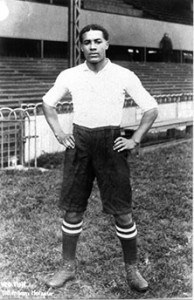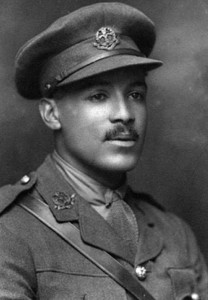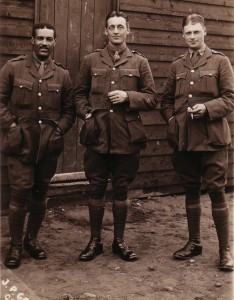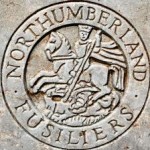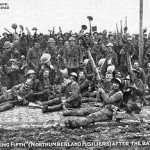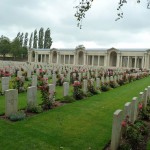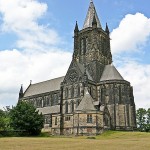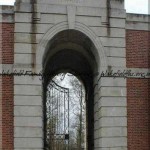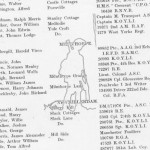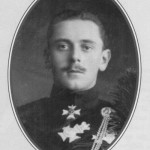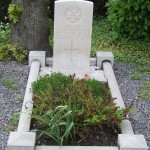As usual I start off doing a little project and then I go off on a tangent – I was looking for someone on a war memorial, a local one, that had a surname that I knew one of my friends was researching – I sent her a message and while waiting for the reply, the whole blog went belly up and did a full 180 ° turn – so you will have to wait for that blog.
But, while I was waiting for a reply, someone on one of my facebook groups placed a request for information on a lady who died in Egypt in 1918 – well what was I to do? Leave her question unanswered, or go for it! A quick search of Probate came up with nothing, a search of passenger lists came up with a few but none that I could say 100% without further information. So the good old 1901 was consulted, but not to sure about the entries, therefore, forward 10 years to 1911 and this is where it went all wrong!!
I had been looking for ‘Abbie Garner’, she may have been known as Abbie and everyone called her Abbie, and it stuck but I checked Abigail and I should not have done……………..as one entry, an entry very near the top of the list in the 1911 census was for a George Abigail Garner – a transcription error on the index I thought, but no, it was his name, he wrote it clearly on the census and I was totally and utterly distracted from both the war memorial and Abbie.
Now I am hooked, who was George Abigail Garner and why the unusual middle name for a man and why did he give his son the same name? Starting where I found him in 1911, we have George snr, head of the house aged 38 and working as a cooper, born in Lowestoft. His wife, Mary Elizabeth aged 34, stated she had been married 10 years, given birth to 4 children, with 3 surviving to the 1911 census. Elizabeth Shepherd Garner is aged 10 and born in North Shields, next is George Abigail jnr, and then Helen aged 5. Finally, Robert Stephenson Garner aged 7 months. Why does Helen have only one name when her siblings have an extra ?
A change of websites and a hit for G A in Lowestoft comes up in 1901 where Nathan Garner aged 55 is the head of the house, a town crier, with his wife Martha and 5 children aged between 20 and George, the youngest on the census aged 8. But still not a hint of a clue as to why Abigail was used as a middle name – George is not even entered with this name on the census. Think we may have to back a generation to see what lies there.
So to Google, a wonderful too, but don’t believe all you read – verify and check with original sources where possible but if that is not possible make a note of the source and where you found the information. A search for Nathan Garner took me to a site listing all Town Criers world wide, very interesting but I am confused as to why it had an piper playing over the page and even turning my sound off, still the sound could be heard when mousing over the information – why it was not Scottish and had no reason to be there. I like a good tune played on bag pipes, in tune and in the right place – rant over, now back to Nathan. Well, the site did tell me he was working as a crier in 1891. Another link took me to a page full of Suffolk family names – this should be interesting and was. The Nathan Garner I had been looking at on the previous site was born, as we know from the census in 1901, around 1845, but the list of names goes back one more generation, as I said I needed to do. Nathan Garner, yes another, was born around 1829. Back to the census.
The 1871 census has Nathan living next door to his brother, William, at 7 Nobbs(?) Buildings, Lowestoft and is a tailor, brother William is a basket maker. Nathan jnr is 16 and working as a shoemaker. I now know Nathan snr’s wifes name – Martha, obtained from an original document. Next stop was to find who Martha was. A visit to Freebmd and a quick search came up with just one entry – Nathan Garner + Martha = Martha Abigaill……………..Fantastic. So, it looks like that George Abigail Garner, even though there is a spelling variation, has the maiden name of his grandmother as his middle name – not unusual but sometimes it may raise a few questions.
George Abigail Garner had a son in 1903 and like generations before gave his son his name – George Abigail Garner.
Problem solved and back to the blog I was going to start earlier!
